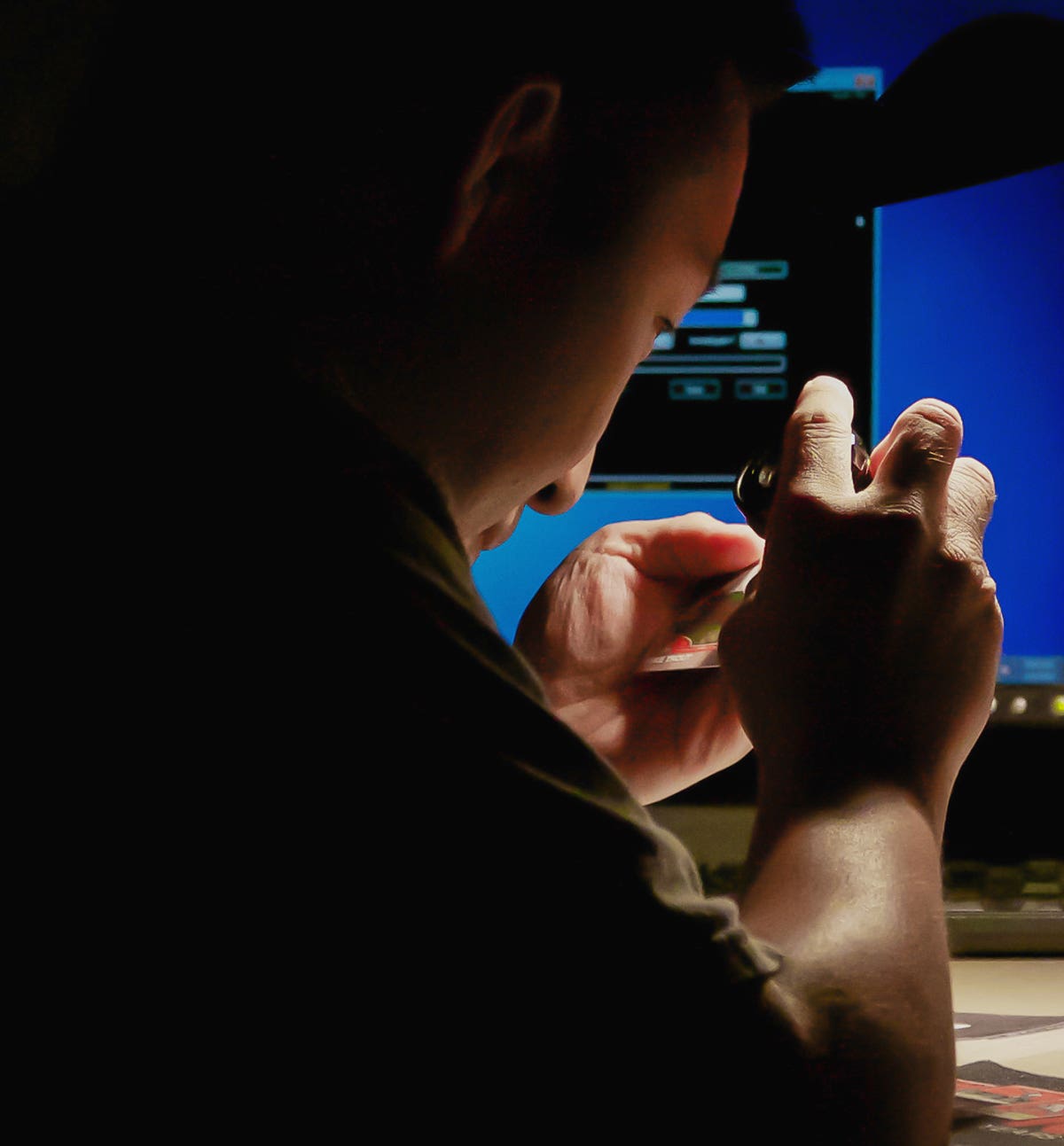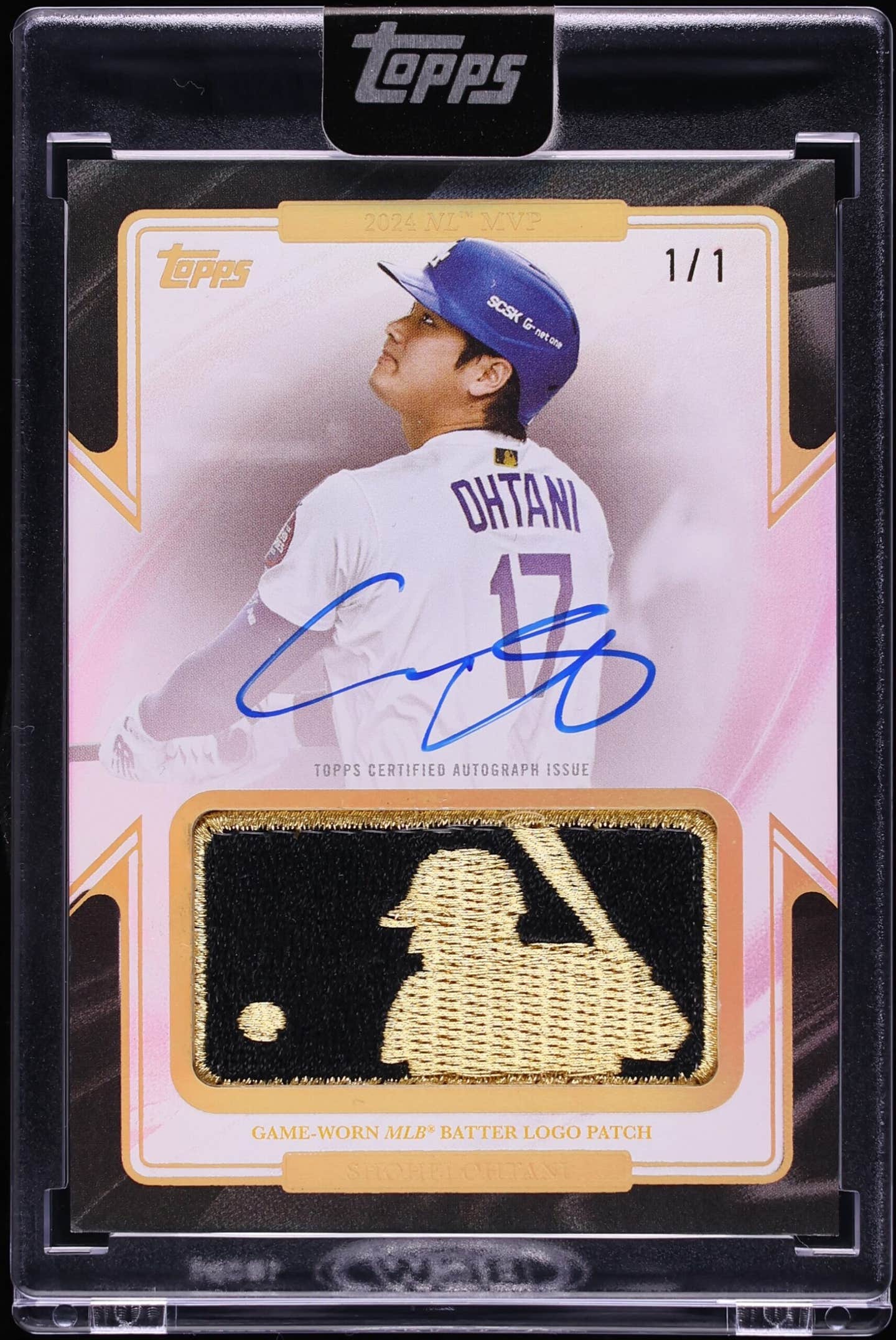Cards
Arcade cards were a bargain, then and now
“Insert coin — Push slide in — Pull out slowly and receive card — 1 Cent.”
Collectible picture cards were issued in cigarettes, candy, gum and even on ice cream lids. But one group of cards that has received very little attention from collectors and are rarely seen at card shows or collectible shows are picture cards that were issued from penny arcade vending machines. The cards were manufactured by the Exhibit Supply Co. of Chicago. The cards were called arcade cards because they were purchased from penny arcade machines located on the various seaside boardwalks of North America.
As a kid, I remember spending summers along the New Jersey Shore and frequenting the various boardwalk arcades. Inside the confines of the boardwalk, sitting next to the various games of skill and chance, the merry-go-round and other rides of adventure were rows of machines that distributed various picture cards. The cards were usually a penny and the variety was very large. It seemed that each machine had its own speciality loaded inside.
There were machines that contained stars of football and baseball, movie stars, wrestlers, song cards and, for those old enough, the pinup girl cards. The Exhibit Supply Co. began issuing the cards in 1921 and continued to issue and release new cards until 1966, although for years afterwards cards continued to be issued from penny arcade machines. Even today cards continue to turn up in penny arcade machines as the owners try to use up all the old cards. One could still find 1948 football cards in machines in the 1960s. Owners did not update cards and remove them, but continued to sell whatever stock was still on hand. This made it easier to find cards that became valuable over the years.
The Exhibit Supply Co. continued to employ the same photographs for many years – no worry when a player was traded to another team. One example: the company produced team cards of the 1948-56 pennant winners, except for 1953, and the photograph was the same. Since players were not identified on the card it was very cheap and easy to employ the same photograph.
Arcade cards manufactured by the Exhibit Supply Co. were postcard size — 33/8 by 53/8 inches. The photo appeared on the front of the card, usually with a facsimile signature of the individual portrayed. In addition, in the lower right hand corner appears: “Made in USA” or “Printed in USA”. The cards were on heavy cardboard stock and the majority were black-and-white or tan sepia colored. In the period of 1939-46, beside the player’s autograph on the front of the card there appeared a salutation “Truly Yours,” “Cordially,” or “Sincerely” above the facsimile autograph.
The cards were usually issued in a series of 32 or 64. One theory is that the card machines were designed to cut paper stock sheets in 32 or 64 pieces.
Several sets of baseball, western and movie stars were issued with four images on the front of the card. In many cases the four images on a card were photos that were issued on individual cards. The four-image cards were sort of checklist cards of the series – in the same manner that gum card sets issued a checklist card to know what cards were in the series. Four image cards were issued from 1929-39. A 1936 card featured four Pittsburgh Pirates: Arky Vaughan, Pie Traynor, Guy Bush and Paul Waner
Sports figures Exhibit cards were not the only cards difficult to pin down to a specific year. Many cards were issued of movie and, later, television stars. Over the years the stars apparently did not age since the same photograph was employed.
Unless they were in a specific costume, it is very difficult to determine whether the celebrity pictured was for a specific movie, television show or as a pinup. The company issued an entire series of “pinup” cards showing female movie stars, showgirls or unknowns. These cards caused plenty of excitement when found by teenage boys on summer days at the penny arcade vending machines.
One set of western star cards issued in the 1950s and early 1960s appears to be connected to the famous set of plastic cowboy figures manufactured for the Hartland Plastic Co. Hartland manufactured various cowboy heroes, in plastic figures usually with their horse and other accessories. There was the Lone Ranger and Tonto, Roy Rogers, Bat Masterson and others. The Exhibit cards featured the actor who portrayed the character on the television show. ie. Bat Masterson was Gene Barry.
During World War II there was a series of Army Song Cards that featured various patriotic and military songs with their lyrics on the card. In the 1950s, a 64-card set depicted military and civilian aircraft of the United States, from the Boeing B-52 Stratofortress to the Lockheed Constellation. One of the last series of cards issued by the company in the 1960s focused on the original seven NASA astronauts. Other cards in the series were of the first satellites launched by the U.S. At the height of the Davy Crockett rage in the mid-1950s a series showing the American Frontier hero appeared. These cards used pen-and-ink drawings instead of photographs.
A second area of collecting interest related to the Exhibit cards involves the advertising that was issued and usually placed on the glass in the front of the arcade machine to attract customers. The advertising was usually connected to the cards that were inside the machine. During World War II such advertising as “Fighting Machines of the USA” pictured airplanes, tanks and ships in battle scenes as the war raged on. The cards pictured an aircraft, or ship on the front of the card. The advertising posters were issued in two sizes. The 121/2-by-181/2-inch cards are considered “large” and usually can be purchased for about $125 or more. The square 121/2-by-121/2-inch cards are in the $85-plus range.
Arcade machines can be purchased without cards for anywhere from several hundred to many thousands of dollars. Several years ago Leland’s listed an Exhibit vending machine from the early 1950s with several unopened packs still inside the machine. Instead of a header card with three players, the front of the machine contained six cards: Duke Snider (Brooklyn Dodger uniform), Gil McDougald, Walt Dropo, Roy Campanella, Eddie Mathews and Ted Kluszewski. Machines of this type can sell in the $800-$2,000 range and beyond, depending on the condition of the machine, the header insert, year of the machine and whether any cards are still inside.
One series of cards was manufactured for the Canadian market in 1953. The set featured Major League Baseball players such as Ted Williams, Chico Carrasquel, Bob Feller and Jackie Robinson. The set also included cards 33-56 of Montreal Royals players of the International Baseball League, including Tom Lasorda and Walter Alston. Cards in the set sell in the $8-$10 range.
Some card subjects did get new pictures over the years. Famous cowboy singer and actor Gene Autry had at least three different pictures. One picture was autographed “With Best Wishes – Gene Autry.” Autry was wearing a western-style button shirt with a giant American flag imprinted on the shirt.
As television became a major source of nightly family entertainment, cards were issued of the stars of the new shows like Hal Hodge, known as “Captain Video of the Space Rangers,” and Ward Bond of “Wagon Train” fame.
Football players also graced Exhibit cards and were actively sought by young collectors. Even though the cards are undated, the type of helmet and uniform helps identify them. Claude Young was ready to throw a pass wearing a leather helmet. No. 50 Vitamin T. Smith was leaping through the air. No. 13 Frank Younger was charging through tacklers. Smith and Younger wore the leather helmets of the Los Angeles Rams. George Ratterman had a hard-shell helmet without a face mask in his card, putting it somewhere in the early 1950s. Frank Tripucka, who left the NFL and had played for many years in the Canadian Football League, had several picture cards issued in connection with the Canadian Football League and Wheaties cereal that sell for $60 each. His Exhibit card is worth around $4.
One nice thing about the collecting of Exhibit penny arcade cards is that most of the material has remained very inexpensive. Collectors can concentrate on football players, baseball, wrestlers of the 1940s and ’50s, movie stars, television stars, pinups, military equipment and the individual cards sell in the $3-$10 range. Some cards of well-known football or baseball players can sell on eBay for $100 and up, but most go for $10-$15.
Not every variety of these cards is known, so from time to time collectors find cards that were never known to exist. I also continue to find old cards in penny arcade machines at various ocean boardwalks. Many of the arcades are a step back into time and machines have never been empty or stock is still on hand and put into the machines. So for 5 cents, you can still purchase a “new-old” card.
Jim Trautman has written for many antique publications, including a monthly sports collectibles column and has a book to be published in the fall on the Golden Age of Pan American Flying Boats (1931-46). He can be contacted at trautman@sentex.net Or R. R. 1 Orton, Ontario L0N 1N0. Or phone (519) 855-6077.
Arcade Card Sample Prices
1. Early 1950s pose of Gil Hodges – $5
2. Late 1940s pose of Tank Younger – $3
3. Early 1950s pose of Frank Tripucka throwing
a jump pass – $4
4. Late 1940s pose of Claude Young about to
throw a pass – $4
5. Early 1950s pose of Fred Morrison of the
Chicago Bears in full stride – $3
6. Early 1950s pose of George Ratterman – $7
7. Late 1940s or early ’50s Charley Trippi in flight – $6
8. Late 1940s pose of George Taliaferra kicking – $4
9. Early 1950s pose of Hal Hodge – “Captain Video
of the Video Rangers” television show – $10
10. 1940s pose of Gene Autry with his horse – $8
11. 1940s pose of cowboy movie star Tim Holt – $6
12. 1950s Mickey Mantle – $50 or more
13. 1940s Gene Tunney – $4
14. 1930s Bill Dickey – $50
15. 1939 Bob Feller – $13
16. 1939 Ted William – $45
17. 1939 Phil Cavaretta – $5
18. 1930s “Yours Truly” salutation card from
Tommy Holmes – $130








